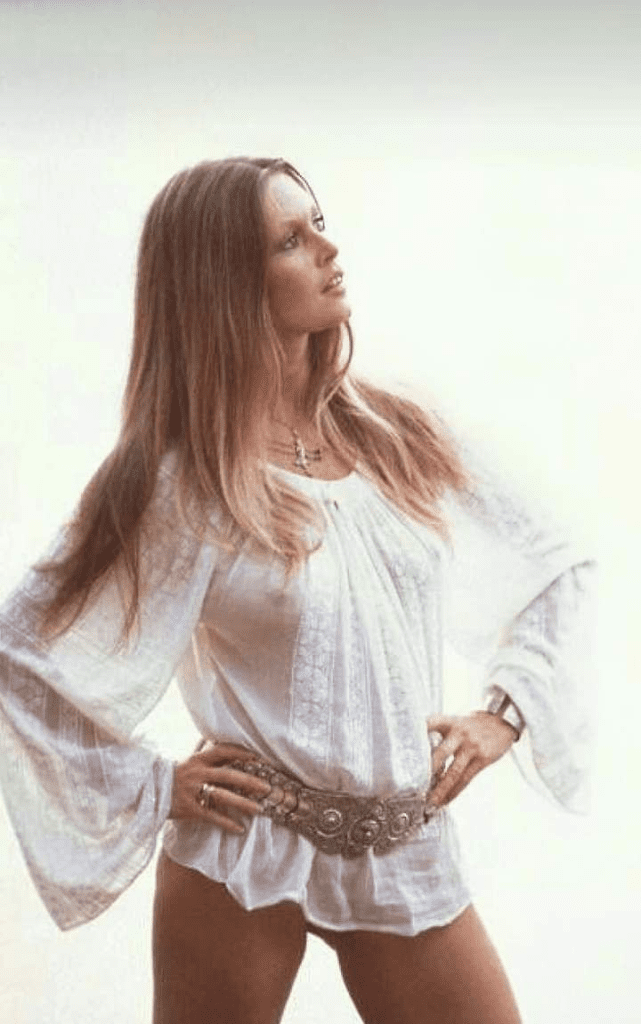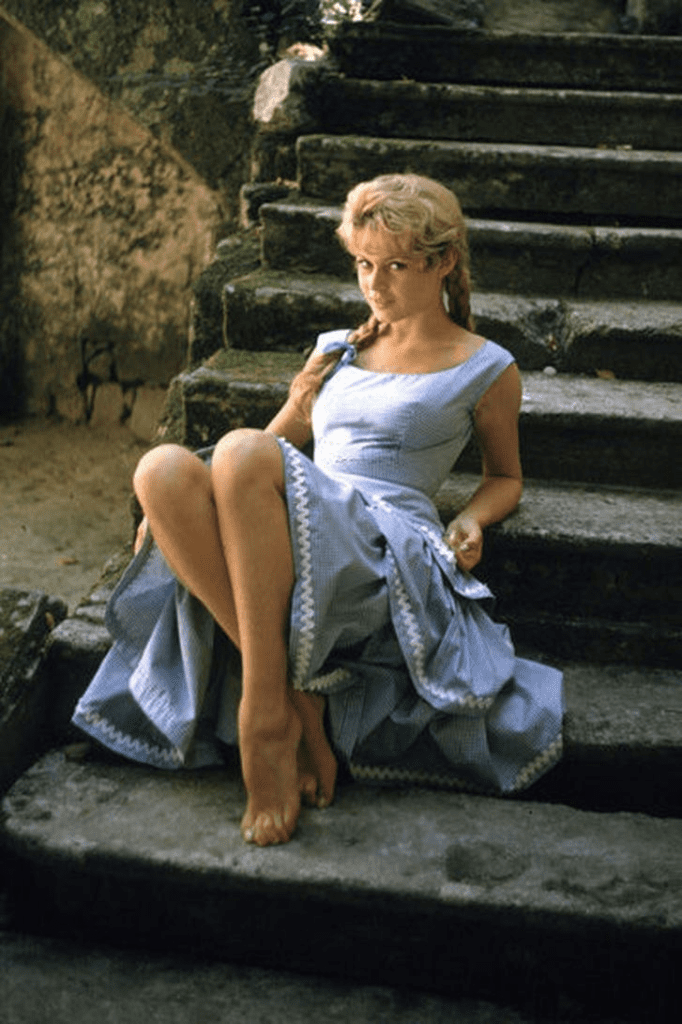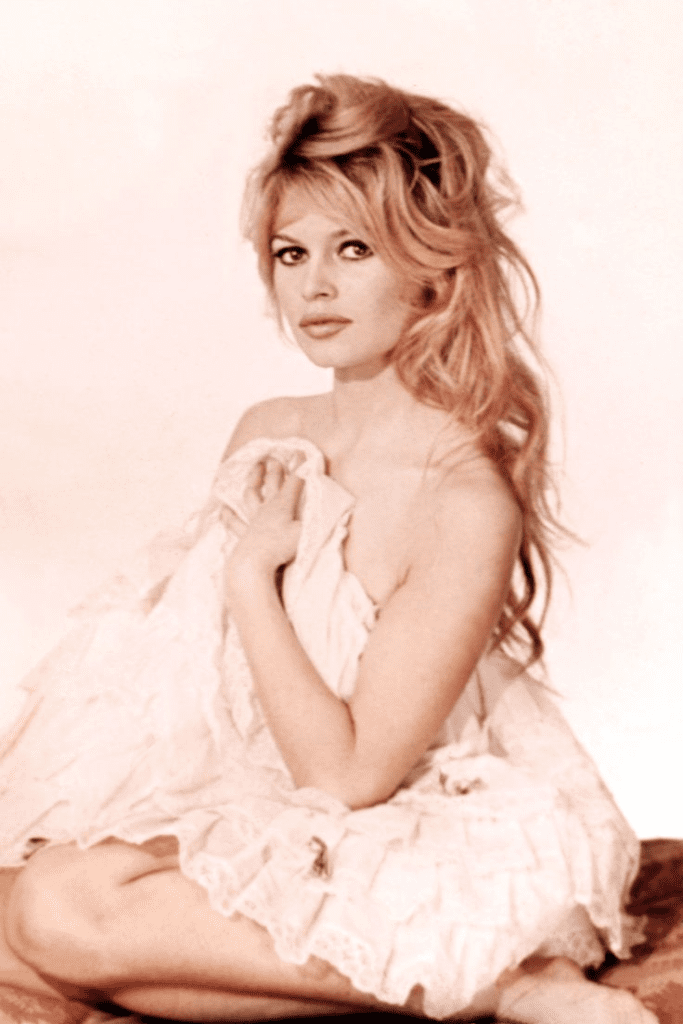
Brigitte Bardot was born on September 28, 1934, in Paris, France. Raised in an upper-middle-class family, she was exposed to culture and elegance from an early age. Her early passion wasn’t acting—it was ballet. As a gifted dancer, she studied at the Conservatoire de Paris and even trained with the esteemed Boris Kniaseff. However, fate had something else in store for the young Parisian.
Bardot’s natural beauty and effortless grace caught the attention of fashion magazines. By the time she was 15, she appeared on the cover of “Elle” magazine, which led to film offers. And just like that, her transition from ballerina to budding actress was set in motion.
Video: Brigitte Bardot – Venus
In the early 1950s, Brigitte Bardot began making her mark in French cinema. Her breakout moment came in 1956 with the film “And God Created Woman,” directed by her then-husband Roger Vadim. The film was a global phenomenon, not only for its sensual storytelling but also for Bardot’s captivating screen presence. Overnight, she became a global symbol of feminine beauty and confidence.
As the 1960s rolled in, Bardot solidified her position as one of the most influential figures in European film. Movies such as “La Vérité” (1960), “Le Mépris” (1963), and “Viva Maria!” (1965) showcased her acting range and undeniable magnetism. She worked with renowned directors like Jean-Luc Godard and starred alongside cinema heavyweights, gaining critical acclaim and international admiration.

Beyond cinema, Brigitte Bardot was a style trendsetter. Her tousled hair, cat-eye makeup, and bold yet effortless wardrobe choices shaped 1960s fashion. From the Bardot neckline to her signature gingham dresses, she influenced designers and everyday women alike. She was more than a movie star—she became a cultural revolution.
Bardot represented a new kind of femininity. Not timid or restrained, but fiercely independent and unapologetically bold. She empowered women to embrace their identity, and her impact extended far beyond France’s borders.

Despite her immense success, Bardot never seemed at ease with the trappings of fame. At the height of her career in 1973, at only 39 years old, she made the unprecedented decision to retire from the entertainment industry. Her final film, “The Edifying and Joyous Story of Colinot,” marked the end of an era.

Her retirement shocked the world. Why would someone so adored walk away from global stardom? The answer lay in her desire for peace, authenticity, and a greater purpose.
Video: A Tribute to Brigitte Bardot
Brigitte Bardot redirected her spotlight toward a cause she held close to her heart: animal welfare. In 1986, she founded the Brigitte Bardot Foundation, an organization dedicated to the protection and rights of animals. From anti-fur campaigns to rescuing abused animals and supporting animal shelters, Bardot became a relentless advocate.
She used her fame not to gain, but to give. Her foundation has become a global force in animal protection, working across continents and influencing international policy.

As of today, Brigitte Bardot resides in La Madrague, her villa in Saint-Tropez, far from the flashbulbs and red carpets. She lives a more secluded life, focusing entirely on her foundation’s mission.

Despite occasional public statements, Bardot remains largely away from media attention. Yet her influence continues to resonate through her past films, fashion influence, and activism. She is a reminder that reinvention is possible, and purpose can extend far beyond fame.
Video: Brigitte Bardot ~Ooh la La 💋
Brigitte Bardot’s life is a powerful story of transformation. From a shy ballet student to an international icon and later a devoted animal rights champion, she has continuously evolved on her own terms.


Her choices—often bold, sometimes controversial—define her more than her beauty or film roles ever could. Bardot’s legacy endures not only in cinematic history but in the countless lives she has touched through her activism.


